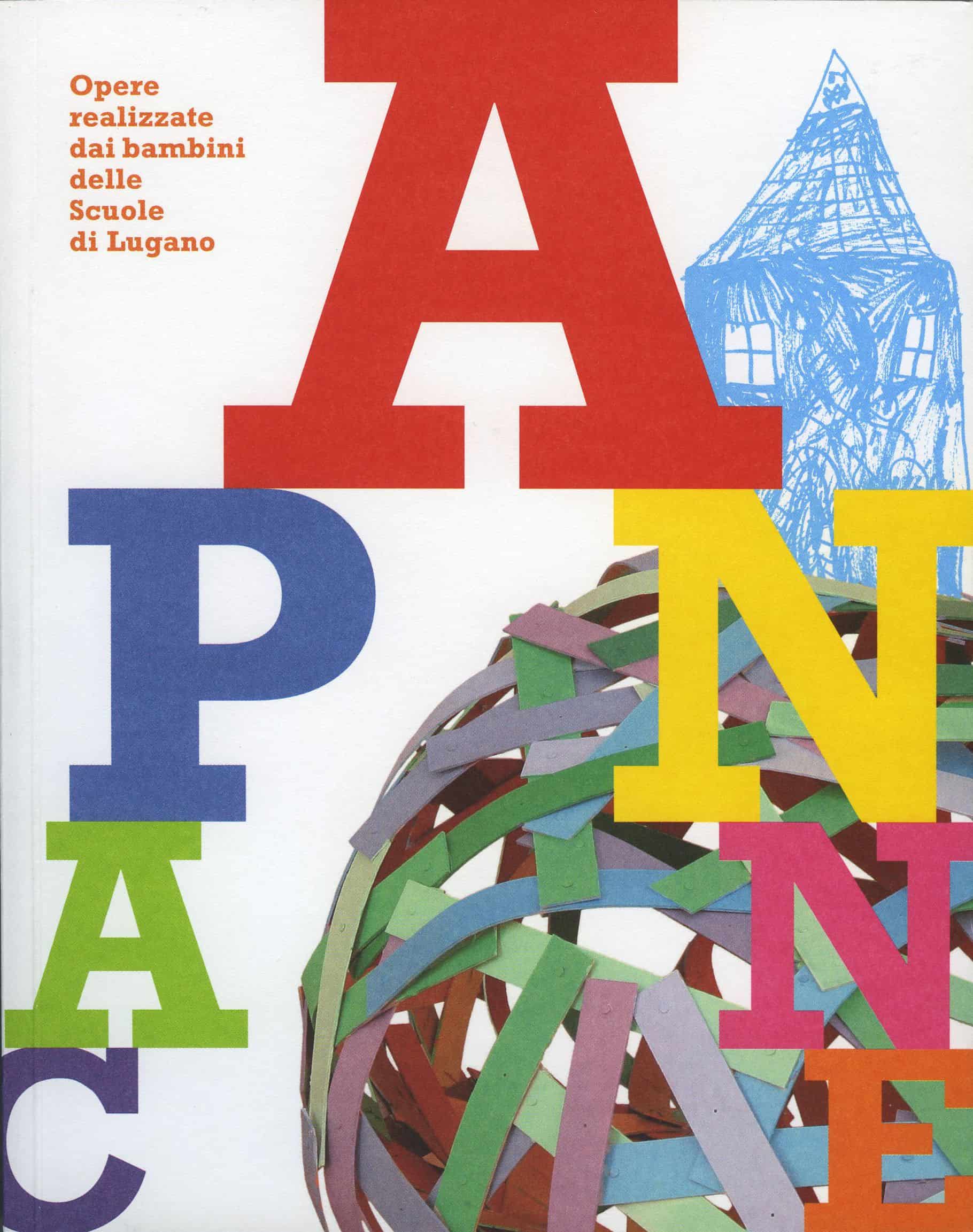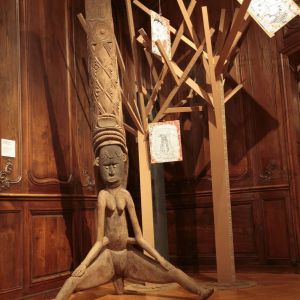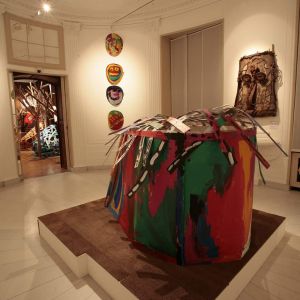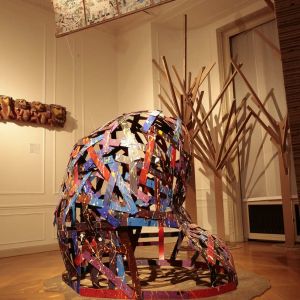HELENEUM LUGANO
For six months, the children of the Breganzona Preschool and four classes of the Lugano Primary School (Bertaccio, Pazzallo, Ruvigliana and Sonvico) worked extensively on the concepts of “home”, “hut” and “nest”, conceiving and building a collective hut for each of the classes at the end of the course. What was conceived and then realised by the children was the expression of their desires and emotions, which they first shared with their classmates, in order to elaborate the collective project, and which they also recounted individually through the comments that, for nine years now, have been collected in a catalogue dedicated to each stage of the Dèibambini cycle. The hut was for everyone a place in which to feel safe, sheltered from their fears, but also a space in which to feel united and free to welcome others: a real game, where imagination takes concrete and shared form.

The work at the museum started with reflections from observing a small house built with Lego bricks and then developed through some photographs of huts called Haus Tambaran from the Sepik and Maprik regions of Papua New Guinea. In addition to the photographs of the Haus Tambaran, the children observed and analysed some ethnic artwork that is an integral part of huts, including the mask of a ‘men’s house’, or the decorated sections of a façade of a house of worship in the Maprik region, or the walik, a frieze of an ephemeral hut made at a funeral ceremony in New Ireland. The visual suggestions of the Haus Tambaran and the works exhibited in the museum were subsequently materialised in the preparatory drawings made by the children, in the stories told in class, in the colours used to make the huts and, in the need, to protect them by means of special ‘guardian spirits’, in the most diverse forms – sometimes improbable – and the multicoloured backgrounds made using the collage technique. A way for the children to learn about art forms, traditions and distant cultures and to relive them, pouring them into their everyday life, into class work, into play, having fun and experimenting. The visit to the museum provided the children with an opportunity to learn about myths and traditions related to the huts of some simple South Sea cultures. What they learnt about such distant and different worlds then allowed them to retrace the traditions of our own culture, which the children approached through additional didactic tools during class work.
The course was introduced by a training seminar in which the themes of the project were outlined and in which the contribution of the teachers Benedetta Doveri, Claudia Maggi Alberti, Isabella Reggi, Mara Rusconi, Nicola Zappella, the museum’s cultural mediation manager Isabella Lenzo Massei, the museum mediators Alice Croci Torti and Viviana Rossi, Alfonso Foglia, former director of the Central Zone of the Lugano municipal school institute, and the artist Silvia Paradela, who accompanied the children on their creative journey, was invaluable.
The Dèibambini project was founded in 2005 as a platform for interaction between the museum and the school. In its first ten years, the project allowed children to engage with different themes, with the aim of increasing their awareness of their own potential and inner vision and strengthening their ability to interpret the world. Since 2022, the starting point has been the works of children from the past. The idea is to build a bridge between the children’s creativity of yesterday and today, through the in-depth exploration of expressive content that not only interconnects cultures, but has served as an extraordinary source for the renewal of artistic languages in the 20th century. A solid bridge, full of poetry, to connect the generations.





